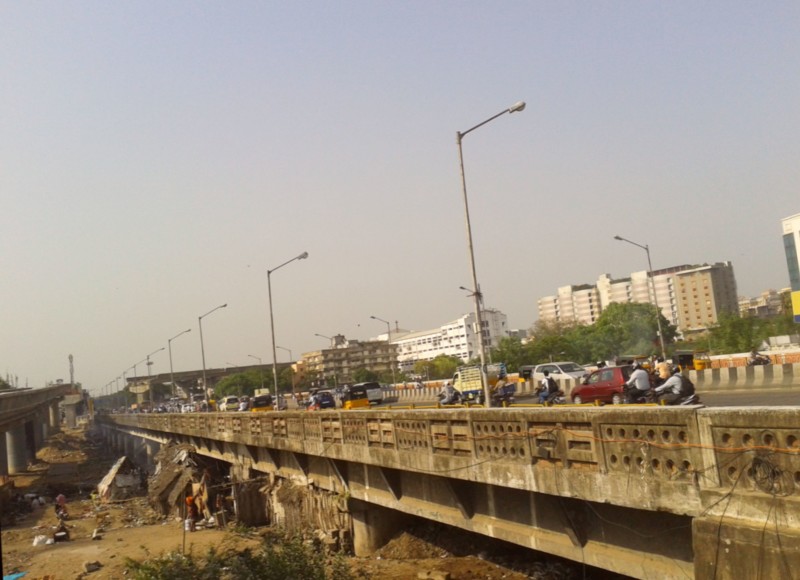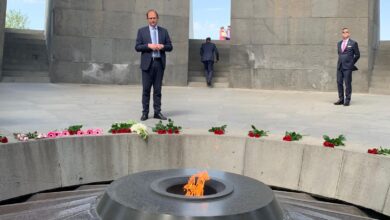
A dedicated group of Chennai historians have launched a Facebook page “Retrieve Uscan Stone” to save one of the oldest living relics that connects the city to its Armenian past – a 300-year-old plaque that belonged on the pillars of one of oldest bridges in the city, The News Minute reports.
Marmalong Bridge, the first ever bridge across the Adyar river, was commissioned in 1726 by Coja Petrus Uscan, an immensely wealthy Armenian trader. Uscan, who had decided to settle in Madras after coming to the city in 1724, paid 30,000 pagodas from his own money to build the bridge and another 1,500 pagodas for its upkeep.
“Uscan was immensely respected and perhaps was even one of the only non-British allowed to stay in Fort St George or the White town. A devout believer in St Thomas, Uscan wanted more people to visit the Saint Thomas Mount, and therefore removed the two impediments – the river and the lack of steps – by building the bridge as well as 160 steps to the mount. This was the initial purpose of the bridge. But all that soon changed as the Marmalong Bridge became crucial to the expansion of the city, especially towards the South,” says Chennai-based novelist and historian Venkatesh Ramakrishnan.
Named after Mambalam, one of the villages near the Adyar, the Marmalong Bridge perhaps laid the foundation stone for the city as it led to the emergence of the Mount Road, around which Chennai developed.
“It was only natural that a road followed after a bridge was built. The British built the Mount Road in the 1800s, around which the city grew. So, in a sense, the bridge led to the city’s birth and is very close to its heart,” Venkatesh adds.
Where the arched bridge of Uscan once stood, a concrete replacement called the Maraimalai Adigal Bridge now exists. There are no traces of this Adyar-Armenian connect but for the last living relic – the plaque commemorating Uscan’s construction of the bridge.
With inscriptions in three ancient languages – Persian, Armenian and Latin, the Uscan plaque was established in memory of the great nation of Armenia and is a tribute to the people who helped build the city.
“The Armenian inscriptions are on the lower portion of the plaque. It can’t be read because the writing has faded with time and neglect,” according to Venkatesh.
Displaced from its original site, the plaque faces the perils of urbanisation and is further threatened by the metro rail work that is underway.
Years of neglect and development in the area has buried the stone in layers of debris. In fact, the bottom of the stone has disappeared under the ground as the road levels have been rising every year due to re-carpeting, Venkatesh laments.
With the construction of the Saidapet Metro station underway, historians who are fighting to save the plague urge the CMRL to give the stone a place of honor in the metro station.
Highlighting the importance of preserving such relics, Venkatesh says, “The Armenians have contributed immensely to this city. I believe it is important to preserve all traces to this link. It is really unfortunate that while the Uscan stone stands neglected, another plaque at the Fourbeck Bridge is preserved by the Architectural Society of India,” he said.
“The Saidapet Metro work is too close to the plaque. We have been urging the officials to move the relic to a better place, may be a museum or a memorial site. We just don’t want to lose a precious piece of the city’s history,” Venkatesh says hopefully.









